1. French Fries vs. Chips
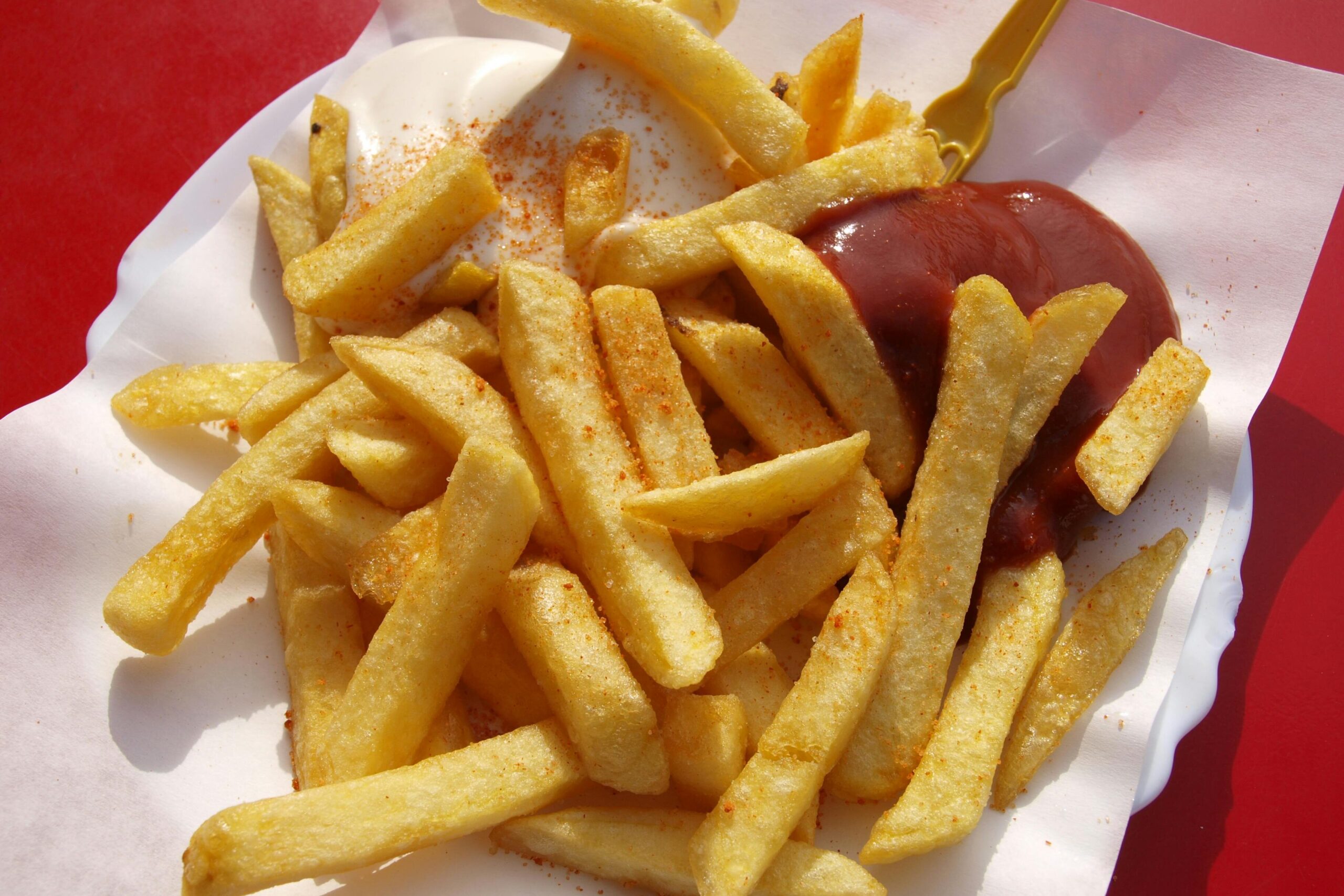
In America, French fries are everywhere, from fast food joints to fancy restaurants. They’re the perfect side dish for burgers, sandwiches or even just on their own with ketchup. Thick or thin, crinkle-cut or shoestring, we simply call them fries and everyone knows what you mean says the Guardian.
Travel to the United Kingdom, though, and you’ll need to adjust your vocabulary. Over there, they’re called “chips,” and they’re often chunkier and softer than the crisp fries Americans are used to. If you say “fries,” you might get the super thin version sometimes served at fast food places. And what Americans call “chips” are “crisps” in the UK. It’s a small but funny difference that often leaves tourists momentarily confused at restaurants adds Chowhound.
2. Cotton Candy vs. Candy Floss

At American fairs and carnivals, nothing feels more nostalgic than a big puff of cotton candy. The pastel swirls, the sugary melt-in-your-mouth sensation and the sticky fingers are all part of the fun. It’s one of those treats that instantly takes you back to childhood shares Tasting Table.
In the UK and many other countries, this same treat goes by the name “candy floss.” The name fits because it really does look like strands of floss spun into a cloud. No matter what you call it, it’s still pure sugar whipped into a colorful delight. But if you ask for cotton candy outside of the U.S., you may get some puzzled looks until you say candy floss instead says Chowhound.
3. Popsicle vs. Ice Lolly

When Americans need a refreshing summer treat, they reach for a Popsicle. Whether it’s a simple orange bar or a colorful bomb pop, it’s always a hit with kids and adults alike. The name Popsicle has become so common that people often forget it started as a brand name.
Across the pond, kids ask for an “ice lolly” instead. It might sound a little old-fashioned to American ears, but it’s just another way to describe a frozen treat on a stick. Despite the name difference, the joy of eating one on a hot day is the same everywhere. The term ice lolly can sound charmingly British to Americans hearing it for the first time.
4. Jell-O vs. Jelly
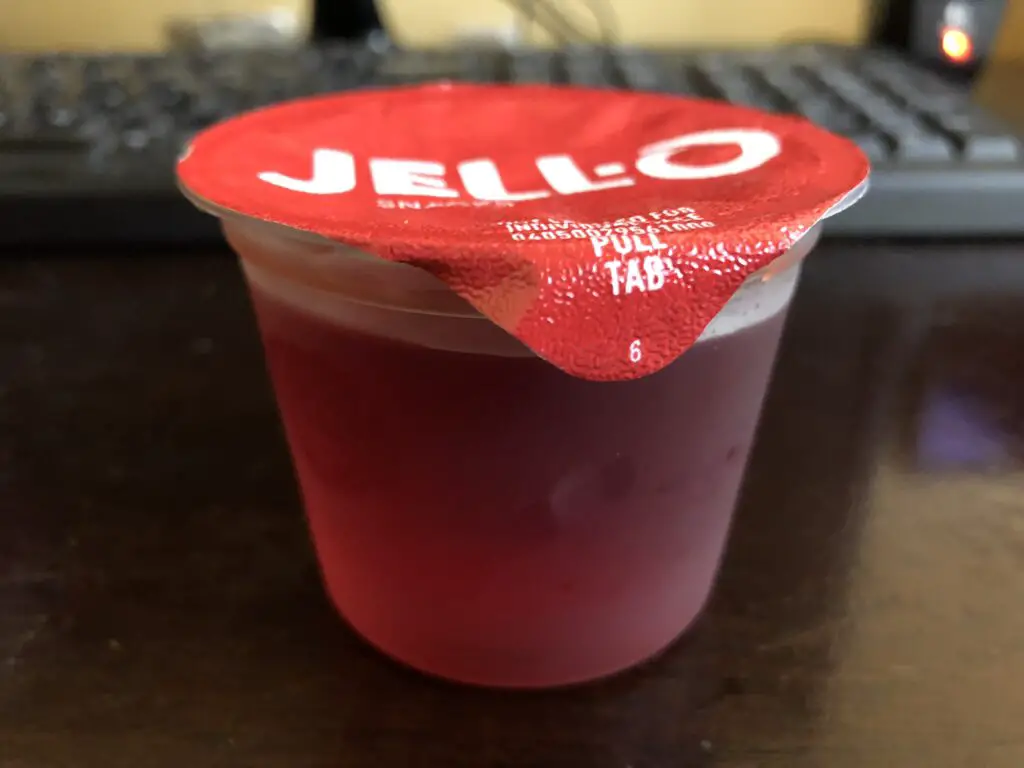
In America, Jell-O is the colorful, wobbly dessert that shows up at school lunches, potlucks and hospital trays. The name is actually a brand, but it’s become the generic term for gelatin desserts. Kids love its bright colors and jiggly texture, and adults often get nostalgic for it.
In the UK, that same jiggly dessert is simply called “jelly.” This can be confusing for Americans, since “jelly” in the U.S. refers to the fruit spread you put on toast. In Britain, that’s called “jam.” So if someone offers you jelly in the UK, they probably mean the wobbly dessert, not a PB&J ingredient.
5. Arugula vs. Rocket
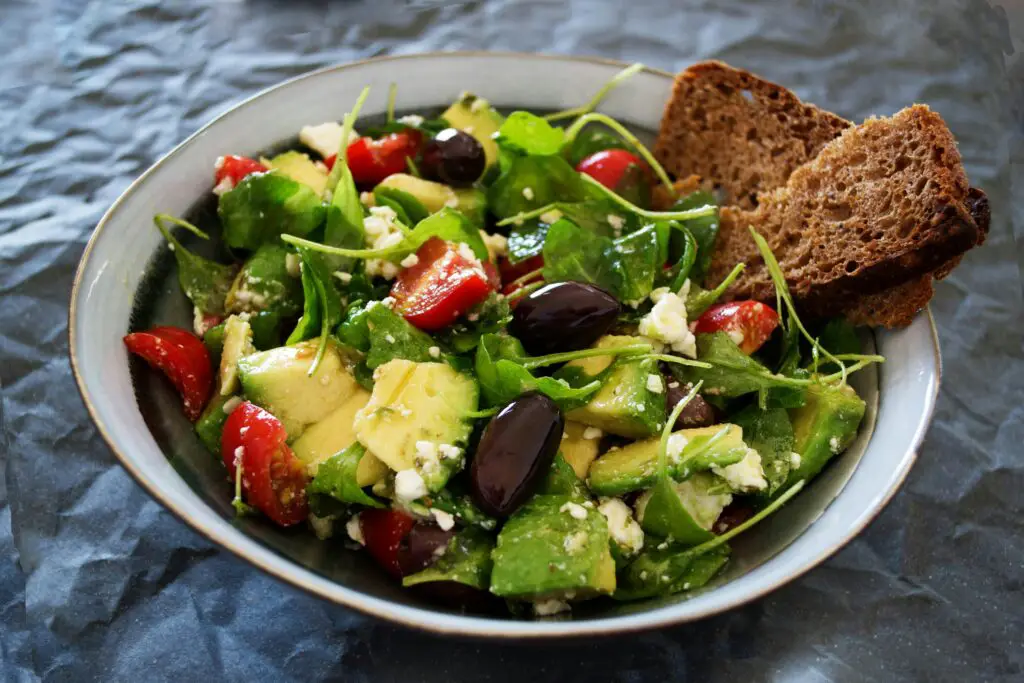
In American kitchens, arugula adds a peppery bite to salads, sandwiches and pizzas. It’s a favorite at farmers markets and upscale restaurants, where its slightly bitter flavor pairs well with sweet or tangy dressings. The name sounds fancy but rolls off the tongue easily.
In the UK and much of Europe, arugula is known as “rocket.” The name rocket might sound like it belongs to a space program, but it’s simply borrowed from French. Even though the name changes, its sharp, distinctive flavor stays the same, adding a bit of zip to salads and other dishes.
6. Cilantro vs. Coriander

In the U.S., cilantro is a staple in Mexican and Asian cuisine, often adding a fresh, citrusy flavor to salsas, guacamole and curries. It’s one of those herbs that people either love or can’t stand, with some saying it tastes like soap due to genetics.
Elsewhere, including the UK, cilantro is known as “coriander leaves.” The term “coriander” generally refers to the entire plant, with the dried seeds also called coriander. It’s the same plant, but the name difference often causes a little confusion for home cooks following recipes from other countries.
7. Zucchini vs. Courgette

In the U.S., zucchini is a versatile vegetable found in everything from stir-fries to baked goods like zucchini bread. It’s commonly grilled, sautéed or spiralized into noodles for a low-carb pasta substitute. The word zucchini comes from Italian, which makes sense given its culinary roots.
In the UK, Australia and many parts of Europe, the same green vegetable is called “courgette,” which comes from French. Though the names differ, the vegetable itself is identical. Whether you call it zucchini or courgette, it’s still perfect for summer recipes and home gardens.
8. Eggplant vs. Aubergine
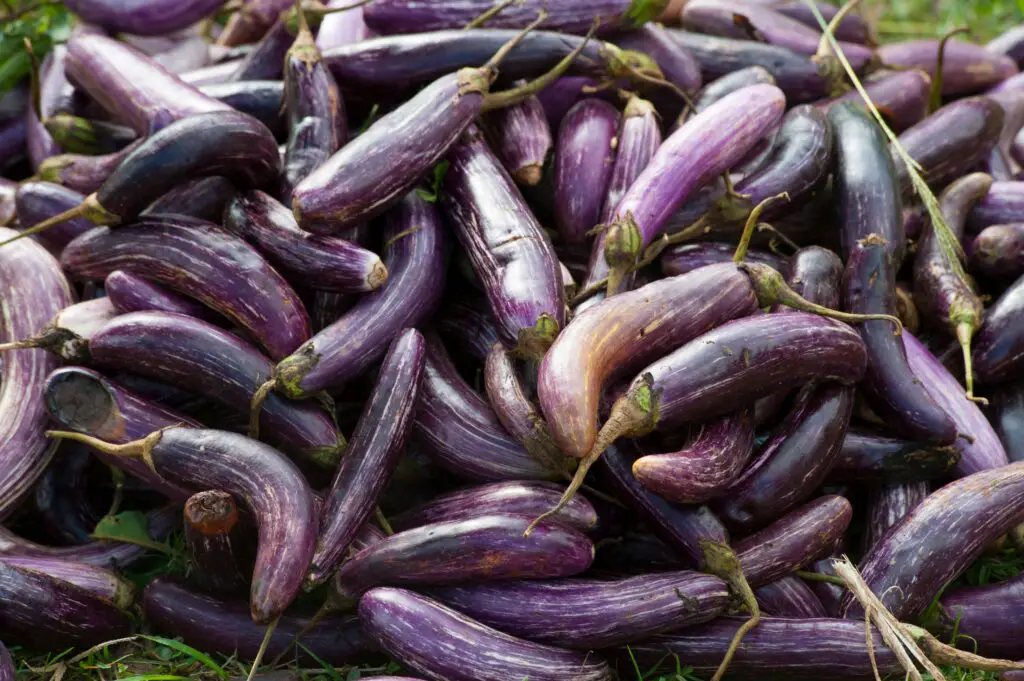
In America, eggplant is a glossy, purple vegetable featured in dishes like eggplant Parmesan and ratatouille. Despite the name, most eggplants don’t resemble eggs at all, though the original varieties were smaller and white, resembling eggs more closely.
In the UK and many other countries, it’s called “aubergine,” borrowing from French. The word sounds a bit more refined, but it’s the same ingredient underneath that shiny purple skin. Regardless of what you call it, it shines in roasted, grilled and baked recipes.
9. Ground Beef vs. Mince

Ground beef is a dinnertime staple in American households. It’s used in everything from burgers to tacos, spaghetti sauce and casseroles. Most grocery stores label it by fat content, allowing shoppers to pick the perfect blend for their recipes.
In the UK, it’s called “mince” or “minced beef.” The word “ground” isn’t typically used in this context. British recipes will often call for “mince,” but it’s the same product American cooks know and love. The different term can catch people off guard when reading foreign recipes for the first time.
10. Shrimp vs. Prawns
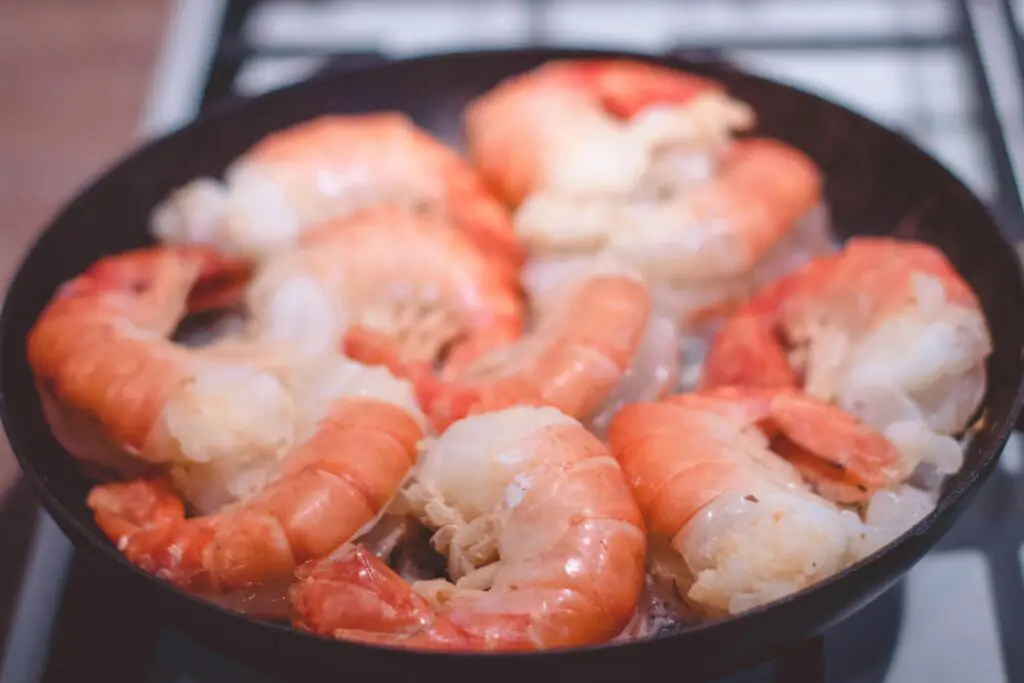
In the United States, shrimp is one of the most popular types of seafood, served grilled, boiled, fried or tossed into pasta. The word shrimp covers everything from tiny salad shrimp to jumbo varieties, though “jumbo shrimp” always sounds like a bit of a contradiction.
In many other countries, particularly the UK and Australia, people typically say “prawns” instead. Technically, prawns and shrimp are different species, but in everyday conversation, the terms are often used interchangeably. No matter what you call them, they’re equally delicious with cocktail sauce or garlic butter.
11. Frosting vs. Icing

In American baking, frosting is the thick, creamy topping you find on cakes, cupcakes and cookies. Whether it’s buttercream, cream cheese or whipped, it’s all grouped under the term frosting and usually piled high.
In the UK, the same sweet topping is called “icing.” In America, icing often refers to a thinner glaze, while in the UK, icing can mean anything from glaze to thick buttercream. The terms can be confusing for bakers following recipes from different countries, but the results are always sweet.
12. Molasses vs. Treacle
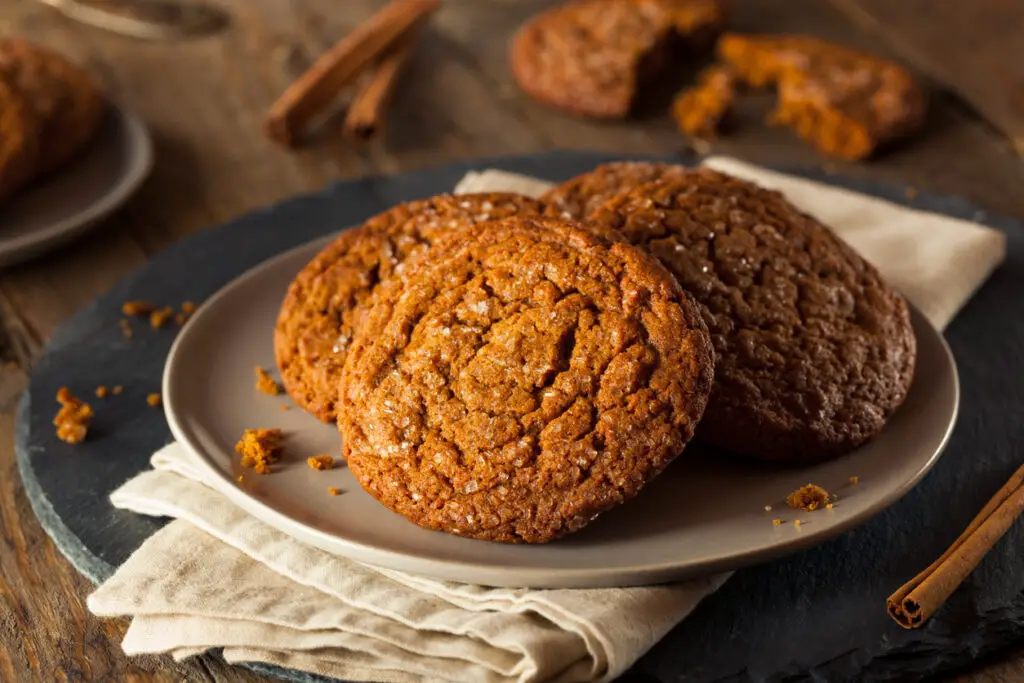
Molasses is a rich, dark syrup used in American recipes like gingerbread cookies, baked beans and barbecue sauce. It adds depth and sweetness, along with a hint of bitterness that gives certain recipes their signature taste.
In the UK, a similar syrup is called “treacle.” There’s also “golden syrup,” which is lighter and sweeter than molasses. While they aren’t always exact substitutes, both treacle and molasses serve similar roles in their respective countries’ kitchens. Bakers need to be careful when swapping them to get the right flavor.
13. Trail Mix vs. Scroggin
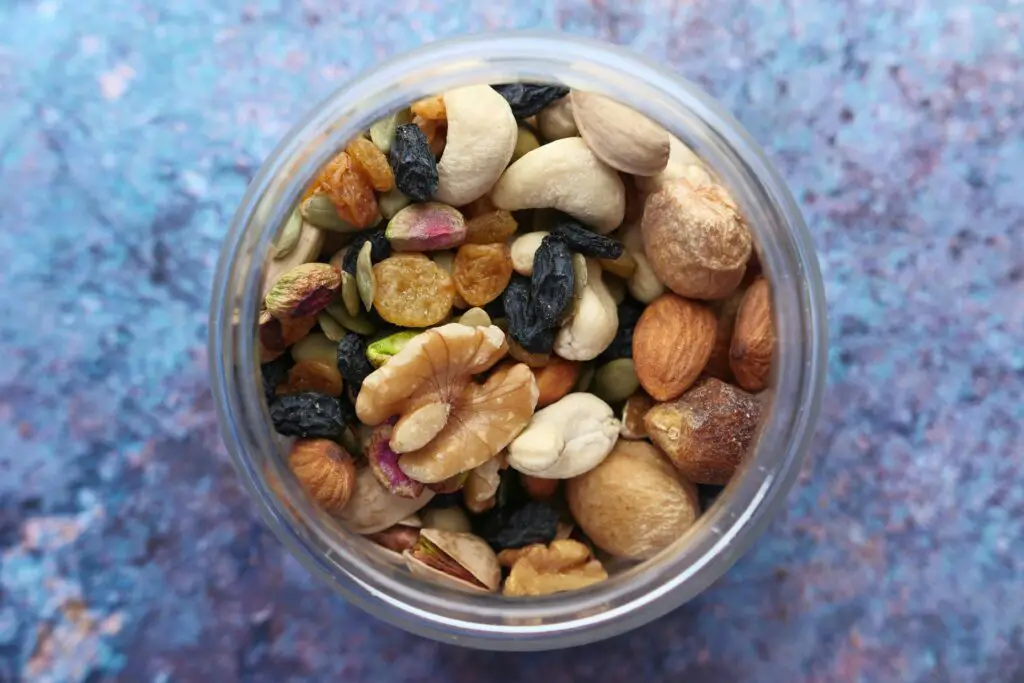
Trail mix is a go-to snack for many Americans, especially on hikes, road trips or as a quick office snack. The blend of nuts, dried fruit, chocolate and seeds offers a satisfying mix of sweet and salty flavors with plenty of energy.
In New Zealand and Australia, this same mixture is often called “scroggin.” The ingredients are usually the same, but the name has a quirky charm unique to that part of the world. Regardless of what you call it, it’s still one of the best snacks for adventures big or small.
14. Graham Crackers vs. Digestive Biscuits
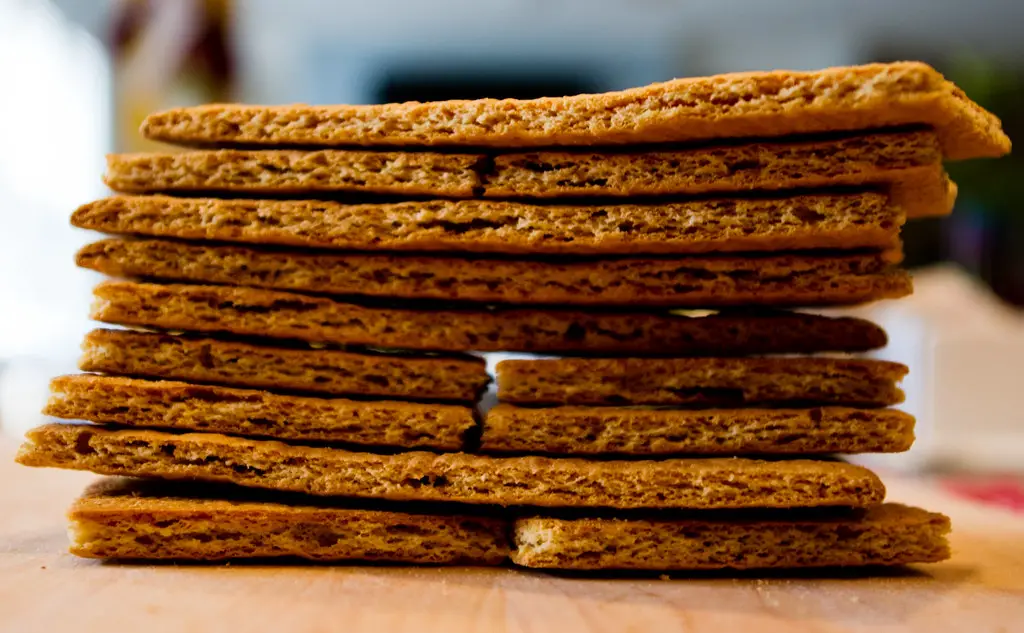
In America, graham crackers are a pantry staple used for s’mores, pie crusts or just snacking. Their slightly sweet, wheaty taste makes them unique, and they pair perfectly with peanut butter or marshmallows.
In the UK, the closest equivalent is the digestive biscuit. While digestives are a bit denser and not as sweet, they serve a similar role in cheesecake crusts and tea time. Americans might find them a little less sugary, but they’re still perfect for dunking or crumbling into desserts.
15. American Biscuits vs. Scones
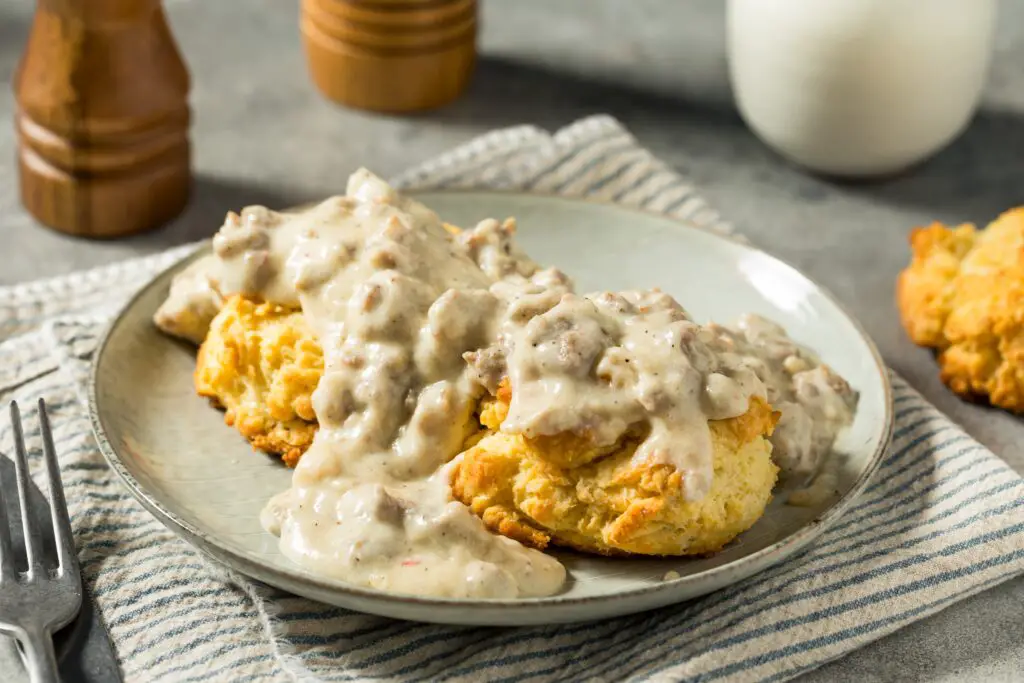
American biscuits are fluffy, buttery rounds often served with gravy, fried chicken or just slathered in butter and honey. They’re a classic comfort food, especially in the southern U.S., where biscuit-making is practically an art form.
In the UK, “biscuits” refer to what Americans call cookies. The closest British counterpart to an American biscuit would be a scone, though scones are usually denser and eaten with jam and clotted cream during afternoon tea. The names might lead to some confusion, but both are beloved baked treats in their own right.
